Everyone’s heard the saying “it’s like downtown Beirut” – and it’s never meant in a good way. When Lebanon descended into civil war in 1975, central Beirut became one of the most fought over parts of the country. The constant fighting made downtown Beirut a no-go zone. But that all ended in 1990, and I’d read good things about it since – so when a friend won a pair of free return tickets anywhere on bmi’s network, it seemed like the logical choice.
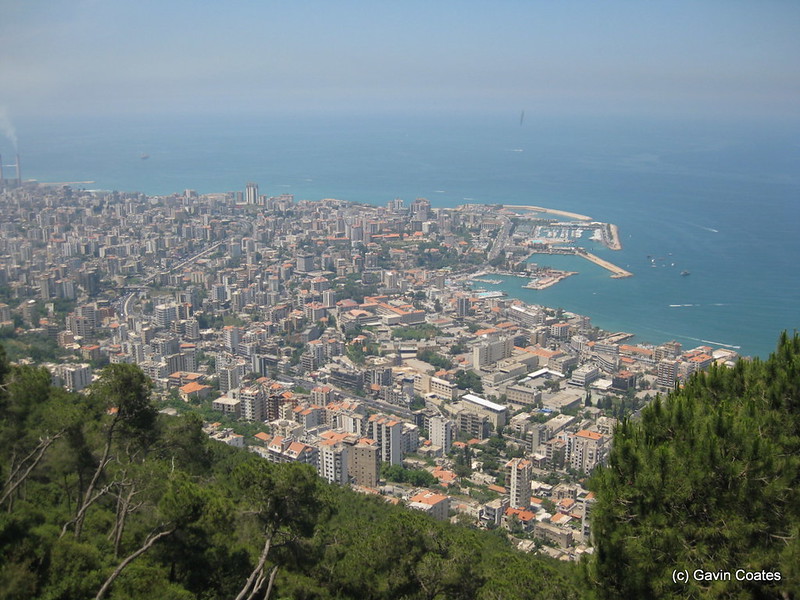
While relatively safe nowadays, there are still a few things to be aware of when visiting Beirut. The main one, is the country’s neighbour – Syria. The consiage at our hotel had recommended visiting some ancient ruins to the west of Beirut, but when checking a map we found these ruins were just 20 miles from the border – an area we had been warned by the Foreign Office to avoid at all costs – kidnappings of western tourists near the border tended to happen occasionally. We were also told to avoid the north of the country, for similar reasons. Thats fine – I don’t intend to stray too far from Beirut anyway! News reports the day before revealed there had been a car bomb in an area on the outskirts of Beirut – just off the main road from the airport. It all adds to the fun, right? People pay good money for excitement like this… We decided to spend our first day exploring central Beirut. Our hotel was located close to the coast on the northern tip of the city, so we headed down to the coast and started walking along the relatively newly constructed promenade.
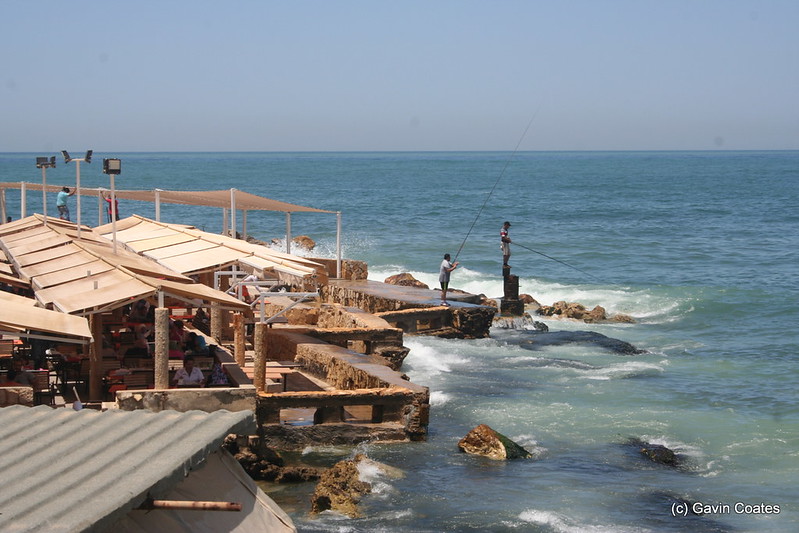
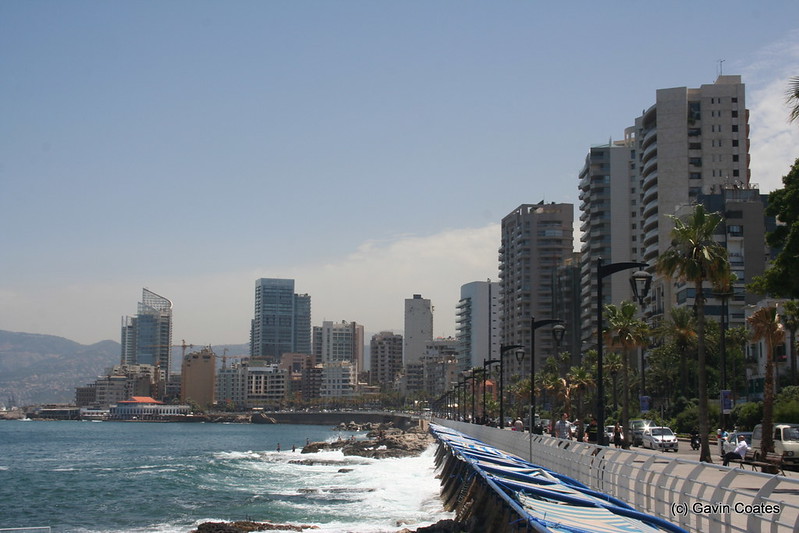
As you start to explore, you immediately see the amount of redevelopment that is taking place in Beirut. Once the most important financial centre in the Middle East, the civil war saw a drastic withdrawal form the city, but investment is now starting to return. But the reminders of the citys past are still there to be seen, while Versace may be building a new luxury apartment block, right next door is the shelled remains of the former Holiday Inn
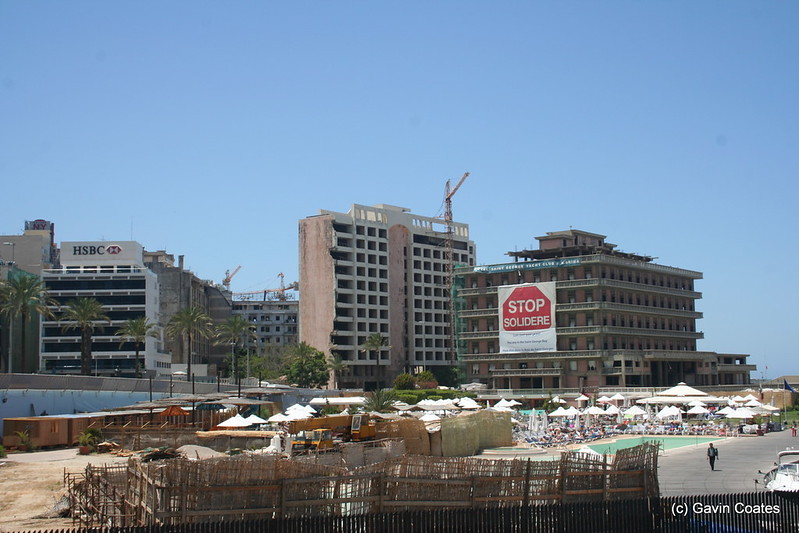
Once the tallest building in the city, the Holiday Inn provided an ideal location for snipers during the civil war. As a result, it became one of the most fought after buildings, as each side wrestled for an advantage over the other. The remains can still be seen, along with many other buildings still riddled with bullet holes.
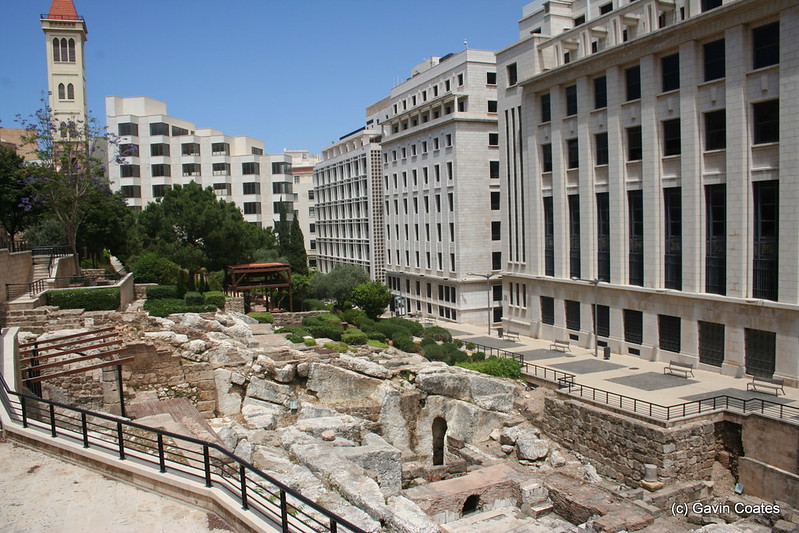
The Holiday Inn isn’t the only throwback to the cities past. Beirut was also an important Roman town, and a former Roman Bathhouse discovered in the 1960s has been well preserved, and is open to the public to explore. Lebanon changed hands many times, most recently becoming a french colony. The French influence is very apparent in central Beirut, with wide avenues adorned with street side cafes. You could easily forget you are in Beirut, and confuse it with Paris.
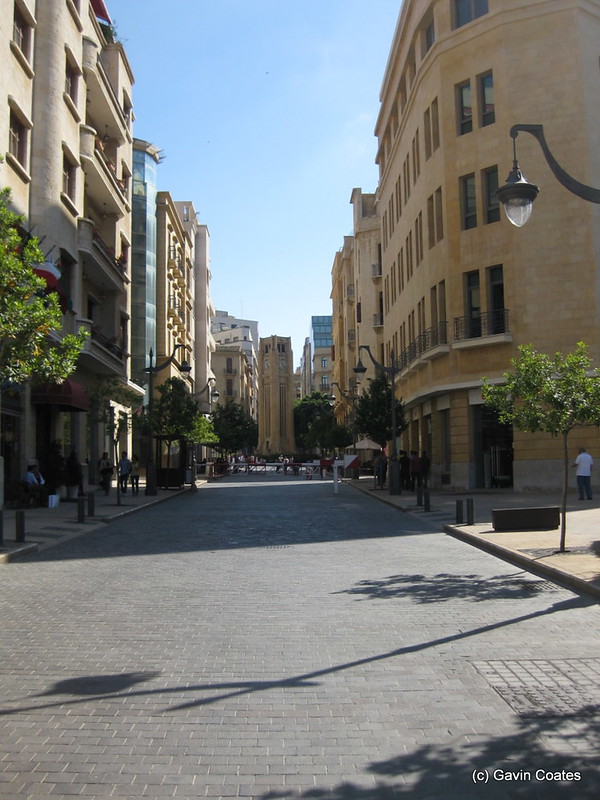

The following day, we decided to head out of the town and explore some of the surrounding area. The concierge at the hotel suggested we hired a driver for the day, and after pricing it up, we decided it was indeed the way to go. Slightly more expensive than an organised bus tour, but it gave us the flexibility to go where we went, and when we wanted. No rushing about, or waiting on others. We took a drive up into the hills to get an overview of the city, before heading up the coast to a beach town the driver had suggested for lunch. It appeared to be a popular spot, and despite the stone beach, the beautiful blue sea certainly made up for it.

After lunch we continued up the coast to our destination – Byblos, thought to be one of the oldest continuously inhabited cities on earth, tracing its routes back to 8800BC. The city is built around a rather picturesque old harbour, while narrow market streets wind their way inland from there. Unfortunately, as is the case throughout the world, the market streets are now selling tourist tat, rather than the fresh produce and wares of days gone by.
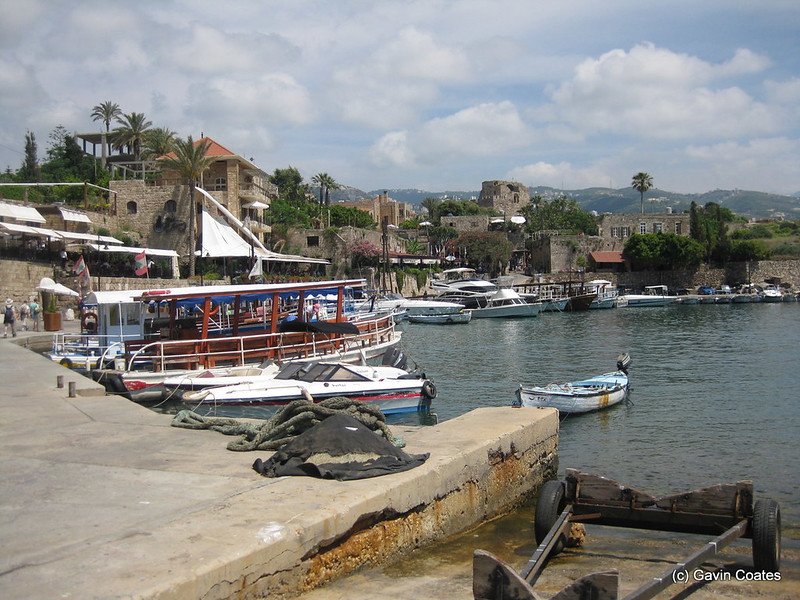
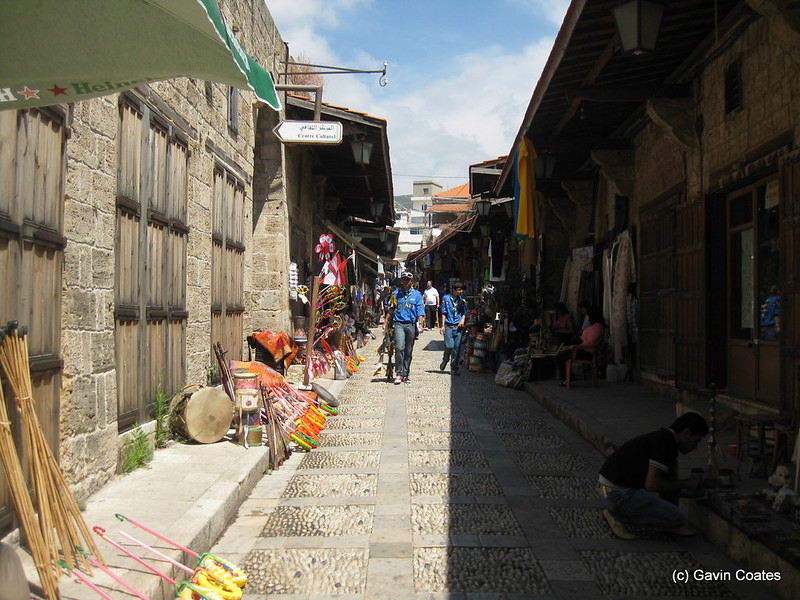
All in all, Beirut was a fantastic place, and somewhere I would highly recommend visiting. Very cosmopolitan, with a strong French influence, but with their own unique Lebanese twist.
For more photos from my trip, please see my flickr account: https://flic.kr/s/aHskQ5FYZ4